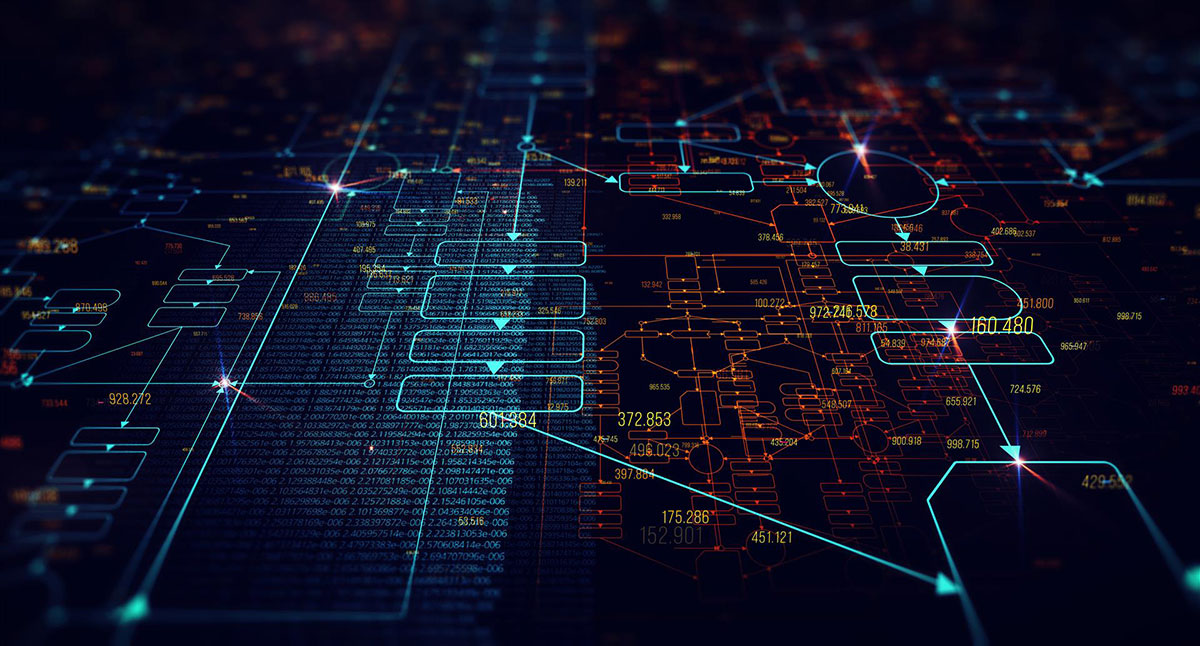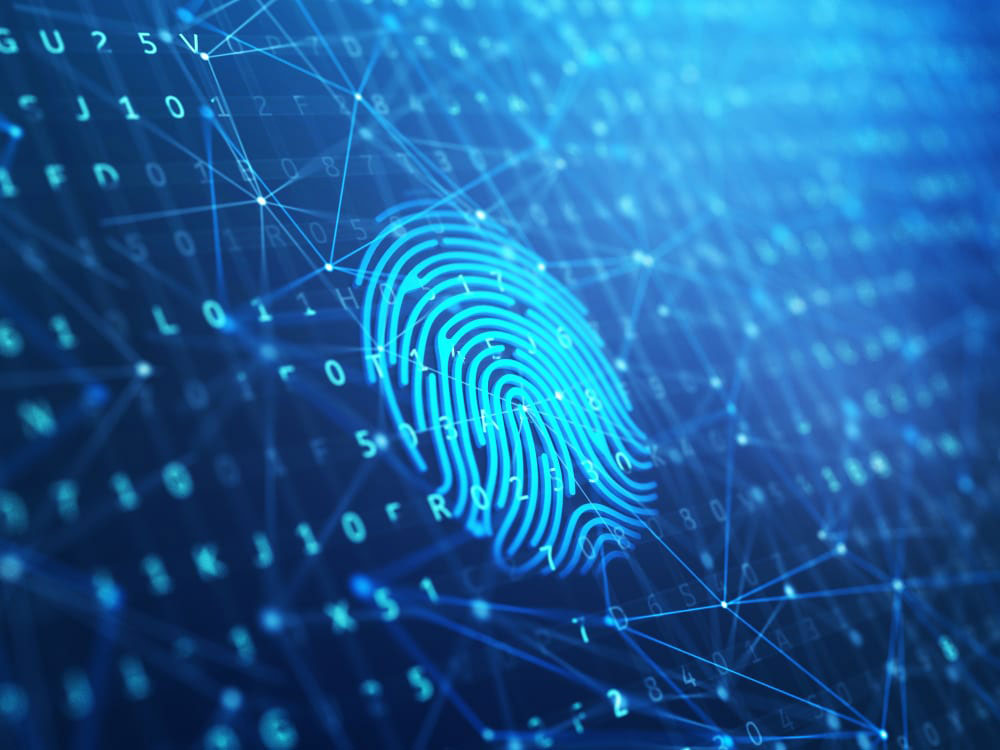Latest Content > Think No One is Using Blockchain, Think Again!
Think No One is Using Blockchain, Think Again!

The concept of blockchain technology was only first introduced in 2008. Take a look back at the early days of the Internet. In 1989 Tim Burners Lee proposed the Internet; four years later, in 1993, we got our first graphical web browser - Mosaic, and not until 1995 did we get our first basic commercialization. Google only came into being on September 4th, 1998!
I am amazed that there is still a lot of confusion regarding blockchain when I speak to people. Even those who are technologically well informed don't grasp blockchain's capability or how far its scope is reaching. They still think it is on the fringe, and most companies involved with blockchain are sketchy or dabbling in tech that won't go anywhere. Another pushback I get is that consumers won't understand it! My response is that consumers don't have to understand it completely. How many consumers can tell you the details of how a cell phone works or why 5G is better than 4G? However, they can all tell you how they use the phone and how it has made their lives better. A fundamental flaw in understanding comes from a lack of knowledge of how blockchain can be a powerful business solution.
At present, there are 202 government blockchain initiatives across 45 countries around the world to improve and simplify global trade dramatically. Some of the most prominent blockchain space players are recognized brands like IBM, NASDAQ, Anheuser-Busch Inbev, Wells Fargo, Comcast, CVS Health, HTC, Intel, Mastercard, Visa, Nestle, and many more. That's just the big companies! There are thousands of startups globally leveraging blockchain to upend established business models in travel, finance, insurance, supply chain, health, advertising, entertainment, social media, and more. There is even a blockchain integrated browser called Brave, and they want you to control your data and then reward you with basic attention tokens when you engage with content! Google and social media make the vast majority of their revenue through your data.
According to International Data Corp, total corporate and government spending on blockchain hit $2.9 billion in 2019, an increase of 89% over the previous year, and should reach $12.4 billion by 2022. When PwC surveyed 600 execs last year, 84% said their companies are involved with blockchain.
"The blockchain is an asset normalization platform that can enable a new liquidity in transactions, hence creating large networks of usage and value effects with benefits in speed, cost, quality, or outcomes." - William Mougayar, Author
It's here, and while it will evolve much as the Internet has, it is not going away. To highlight this, I have researched three ideas that represent intelligent applications of the technology and exemplify the potential to innovate and create new opportunities.
IoT and a Mesh Network – Filament

One massive area for blockchain is the development and application of solutions for IoT. Filament, an American company, is experimenting with a highly innovative solution called "taps" on power poles in the Australian outback. This solution comprises hardware and blockchain. Each pole is equipped with a motion detector to monitor whether the pole will fall or has fallen. The poles can communicate with each other and thus provide the means for one pole to tell the other it is in trouble. A pole can communicate with poles up to 10 miles away. So, if there is a complete failure on the next pole 200 feet away, the solution still functions.
Each tap is equipped with a twenty-year battery and Bluetooth technology. Meaning customers can also connect to the devices directly with their phone, tablet or computer. The "tap" can also house numerous sensors measuring humidity, light, sound, temperature, air quality, and so on. Essentially, Filament can meter this data as an information service or license it through the blockchain to another user such as the government, broadcasters, or environmental agencies. Filament charges a monthly fee, and this service allows the utility to eliminate the need for expensive field inspections. Since power poles rarely fall, the utility does not use much of the capacity. Hence, leaving plenty of opportunity for unique partnerships, for example, striking a deal with a shipping company to send and receive telemetry data to and from a corporate headquarters in real-time. All this is possible with the blockchain to fully leverage an IoT device's possibilities like a "tap" on top of a pole in the middle of nowhere.
diD and a Self-Sovereign Wallet - uPort

Controlling and managing your data is of paramount importance. Right now, companies like Facebook, Amazon, AT&T, and more use your data to make money without ever compensating you. Also, they end up storing your data in central databases. As we have seen, these are not very secure, and personal data has been hacked and often used for nefarious means. Managing your data securely will allow you to control its usage and leverage it in a way that suits your purpose. Blockchain-based social media sites and advertising tools that would dovetail with this new ecosystem are already in existence and work within the context that you own your data.
uPort has built a solution that allows you to set up your diD. With this tool, you can sign transactions and manage your keys and data in one secure location. uPort says it has essentially created protocols for decentralized identity and interoperable messaging that facilitates trusted source attribution for all web communications between parties. By enabling senders and recipients to trust each other without centralized servers, uPort is creating an entirely new framework for building applications.
The implications across a myriad of areas like this are enormous. diD could enable digital voting to eliminate fraud and human error. Usher in a whole new era of frictionless travel at border and security crossings. It would open up more accessible financial resources to many, enabling business partnerships never before considered possible. Research by the McKinsey Global Institute finds that countries implementing proper digital ID could unlock economic value equivalent to 3-6 percent of GDP on average by 2030, making digital ID a potential force for inclusive growth, especially in emerging economies.
A New Paradigm for Home Equity Finance - Vesta Equity

I am admittedly a little biased with this one since I am one of Vesta Equity's co-founders! However, this is one of our economic areas that has seen little change in the past century. It also has consistently become increasingly inequitable to those participating in this space as either homeowners or investors. As a homeowner, the idea that you cannot access the equity in your home without borrowing or an outright sale is preposterous. Imagine if I told you that you could not use the cash in your wallet unless you took out a loan or had to spend all of it. It is a simplistic representation, but that's what the system allows you to do.
Investors face options that offer little transparency. The last great recession was rooted in systemic biases that favoured the financial institutions and enabled them to dupe investors into buying real estate-based equities rated as AAA but were rife with predominantly poor-quality assets. Coupled with ineffective risk and crisis management by financial institutions, this spiralled out of control, and the dominos began to fall. A complete economic collapse was averted through massive government and central bank intervention.
REITs or real estate-focused ETFs also offer little control for investors in terms of these portfolios' makeup. REITs are also required to pay 90% of the income back to investors, leaving only 10% reinvested back into the REIT. Both these investment vehicles are unnecessarily layered with intermediaries and dated regulations that create complexities and institutionalized barriers.
Other property investment options mean as an investor, you face similar obstacles that homeowners deal with when buying a home. An investor often needs financing, pays significant monthly payments due to compounding interest, requires income generation to pay for the loan and other expenses, faces the liability of punitive penalties, and still has the risk of foreclosure. All this is exclusive of the sweat equity you have to deal with because you end up running a small business.
These issues beg the question of why can't an investor with money connect directly with a homeowner looking to leverage the cash in their home without the encumbrance of debt?
Fortunately, Vesta Equity has developed a solution leveraging blockchain and tokenization. Tokenization is the process of transforming rights to an asset into a digital token on a blockchain. It provides a way to enable efficient ownership transfer into a secondary market. This allows a homeowner to sell a portion of their home to a group of investors while retaining full residency rights. In other words, get cash out without a loan or having to sell the entire house and all the associated costs of a move and setting up a new residence. The homeowner can put that cash to whatever use they desire.
This gives an investor 100% transparency and an opportunity to build a portfolio of properties across neighbourhoods, property types, and more. They can monitor appreciation through data feeds and explore liquidity options on the secondary market with other investors. Homeowners can also purchase back their equity through a structured buyback option, or they can go back to the marketplace as an investor.
This process is highly transparent, super-efficient, and cost-effective. Blockchain does not require an intermediary to manage the transactions. The solution we developed creates a favourable ecosystem that will enable increased user participation through a greater fluidity of options by eliminating intermediaries, providing tools, and a marketplace.
"Blockchain is really exciting technology because it's actually providing both transparency but also agility in a contractual relationship that any organization should have." - Jean-Philippe Courtois, Co-Founder Live For Good
The Blockchain Path
These examples only scratch the surface of the types of innovative applications and businesses involved with blockchain. It is not surprising that major companies like Visa and others are applying for patents in this space. Much like the early days of the Internet, Blockchain will evolve. There will be a fair share of bombs and an equal number of successes. The transformational potential of blockchain is significant and will make the Internet the level playing field it was meant to be.
Despite this common knowledge, most of us participate in borrowing as soon as possible and never really stop. We graduate from student loans to home and auto financing, and by that time, we’re more than familiar with monthly credit card bills. We’ve become so familiar with borrowing that household debt is surging. According to the New York Fed, before the Covid-19 pandemic, household debt had reached an all-time high in the fourth quarter of 2019, with the growth in debt-driven by student loans and auto financing.
Sign up to get alerts about new posts
What’s New

Vesta Equity Market Recap 19.0
Stay informed and make informed decisions with Vesta Equity's Real Equity Marketplace Update 19.0, foreseeing trends.
 Read Blog
Read Blog
